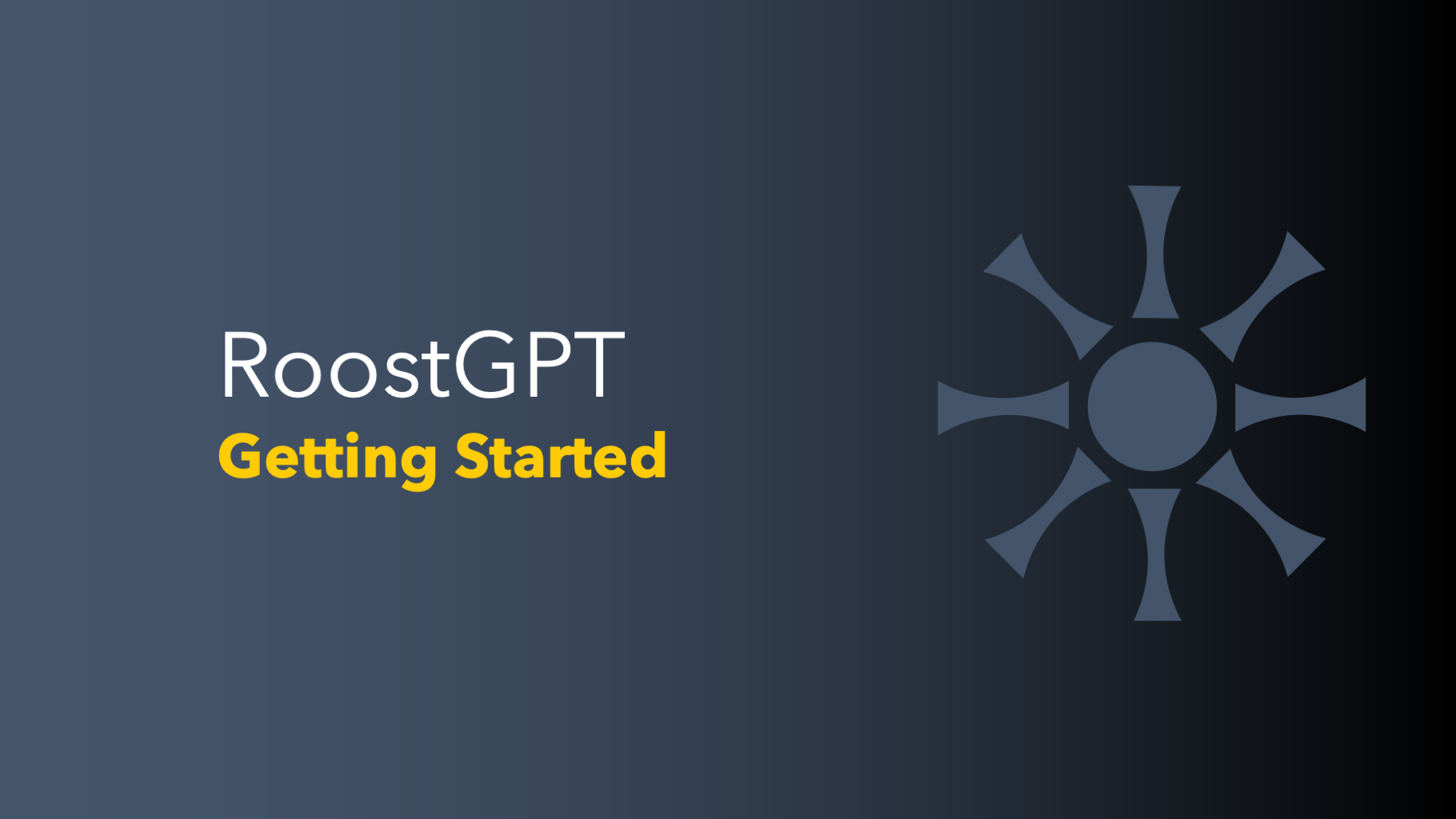<< previous edition: composability of LLMs
Humans who cultivate personal agency wield incredible influence. Through agency, individuals transform themselves from ordinary to extraordinary. This self-empowerment enables quick, decisive choices rooted in sound reasoning and clear intent.
The concept of agency extends beyond human cognition into the realm of artificial intelligence, particularly large language models (LLMs). When integrated into workflows, LLMs can act as agents, making decisions and taking actions that far exceed their basic computational capabilities. This parallel to human agency enables AI systems to execute goal-oriented tasks and navigate complex decision spaces, revolutionizing how businesses operate.
Workflows: The New Frontier of AI Disruption
During my writings (which is a two-way street between ideation and expression) the biggest revelation has been that workflows are the real frontier when it comes to the disruption by generative AI and LLMs. Conversational AI and customer service use-cases got a lot of attention as they are the hors d'oeuvres of AI adoption. The plat du jour is transformation of workflows.
The real paradigm shift lies in transforming workflows, which have only been mildly disrupted by traditional approaches like Robotic Process Automation (RPA). Unlike RPA, which excels at rule-based tasks, the next wave of innovation promises to revolutionize how work itself is conceptualized and executed.
The Power of Agentic Workflows
Agentic workflows, powered by LLMs acting as decision-making agents, represent a paradigm shift in how we approach business processes. These workflows combine the structured nature of traditional processes with the adaptive, intelligent characteristics of agency. In this model, LLMs serve as the 'brain' of the workflow, using their vast knowledge and reasoning capabilities to guide each step of the process.
These AI-driven workflows embody agency by:
-
Autonomously making decisions based on complex inputs and objectives
-
Adapting to new information and changing circumstances in real-time
-
Pursuing goals with a level of sophistication previously exclusive to human workers
-
Integrating seamlessly across various business functions
-
Learning from past executions to continuously improve performance
By infusing workflows with AI agency, businesses can tackle complex, dynamic challenges with unprecedented efficiency and innovation. This fusion of agency and workflow structure is poised to revolutionize how work is done across industries, driving transformation and unlocking new realms of productivity and creativity.
RAG to Agentic Workflows
While Retrieval-Augmented Generation (RAG) has been a significant advancement in enhancing LLM capabilities, it represents just one step in the evolution of AI-driven processes. Traditionally, RAG follows a more structured process: retrieve relevant information, augment the LLM's context with this information, and then generate a response.
In agentic workflows, LLMs can utilize RAG more dynamically and flexibly. Instead of following a rigid sequence, an LLM acting as an agent can:
-
Determine when and how often to access external information
-
Decide which pieces of retrieved information are relevant to the current task
-
Seamlessly integrate new information into its reasoning process
-
Initiate additional retrievals based on intermediate conclusions or newly identified knowledge gaps
This flexibility allows for a more nuanced, context-aware approach to information processing and decision-making. For instance, in a complex research task, an agentic workflow might start with an initial retrieval, generate preliminary thoughts, identify knowledge gaps, perform additional targeted retrievals, and then iterate through this process multiple times – all driven by the LLM's understanding of the task's evolving requirements.
Conclusion:
Agentic workflows fundamentally revolve around the concept of agency - the capacity for autonomous decision-making. Crucially, this agency is orthogonal to technologies like Retrieval-Augmented Generation (RAG) or fine-tuning, complementing rather than depending on them. To embody true agency, LLM agents require both a universal playbook (agentic reasoning) and domain-specific context. Agentic reasoning encompasses skills like goal-setting, planning, and adaptability, while domain-specific reasoning provides the specialized knowledge necessary for operating effectively within particular fields.
As the field matures, we're likely to see a shift from focusing on individual technologies like RAG towards developing infrastructure that supports truly autonomous AI agents. This evolution will prioritize the agent's ability to make decisions and take actions independently, moving beyond mere information retrieval or response generation. These advanced agents will demonstrate the discernment to leverage external tools and seek human expertise when necessary, seamlessly integrating these resources into their problem-solving processes.
The pinnacle of this progression will be AI agents that demonstrate proactive agency - independently identifying knowledge gaps, seeking clarification, and gathering necessary information to achieve their goals. This level of autonomy, coupled with the judicious use of external resources, represents a significant advancement. By combining the broad cognitive capabilities of LLMs with deep, context-specific knowledge, genuine decisional autonomy, and the ability to collaborate with both tools and humans, we're opening doors to unprecedented levels of AI-assisted innovation and efficiency across various domains.



